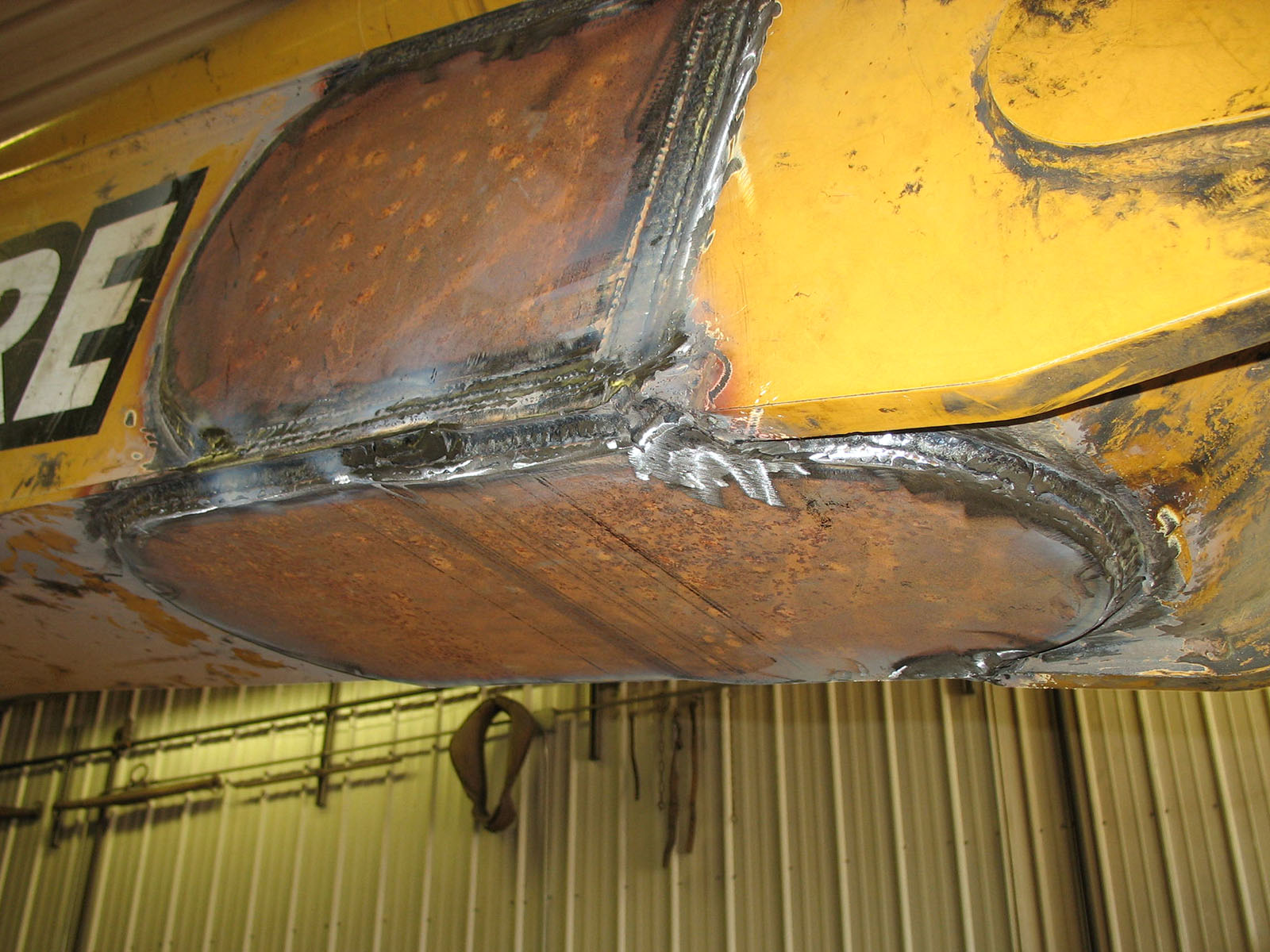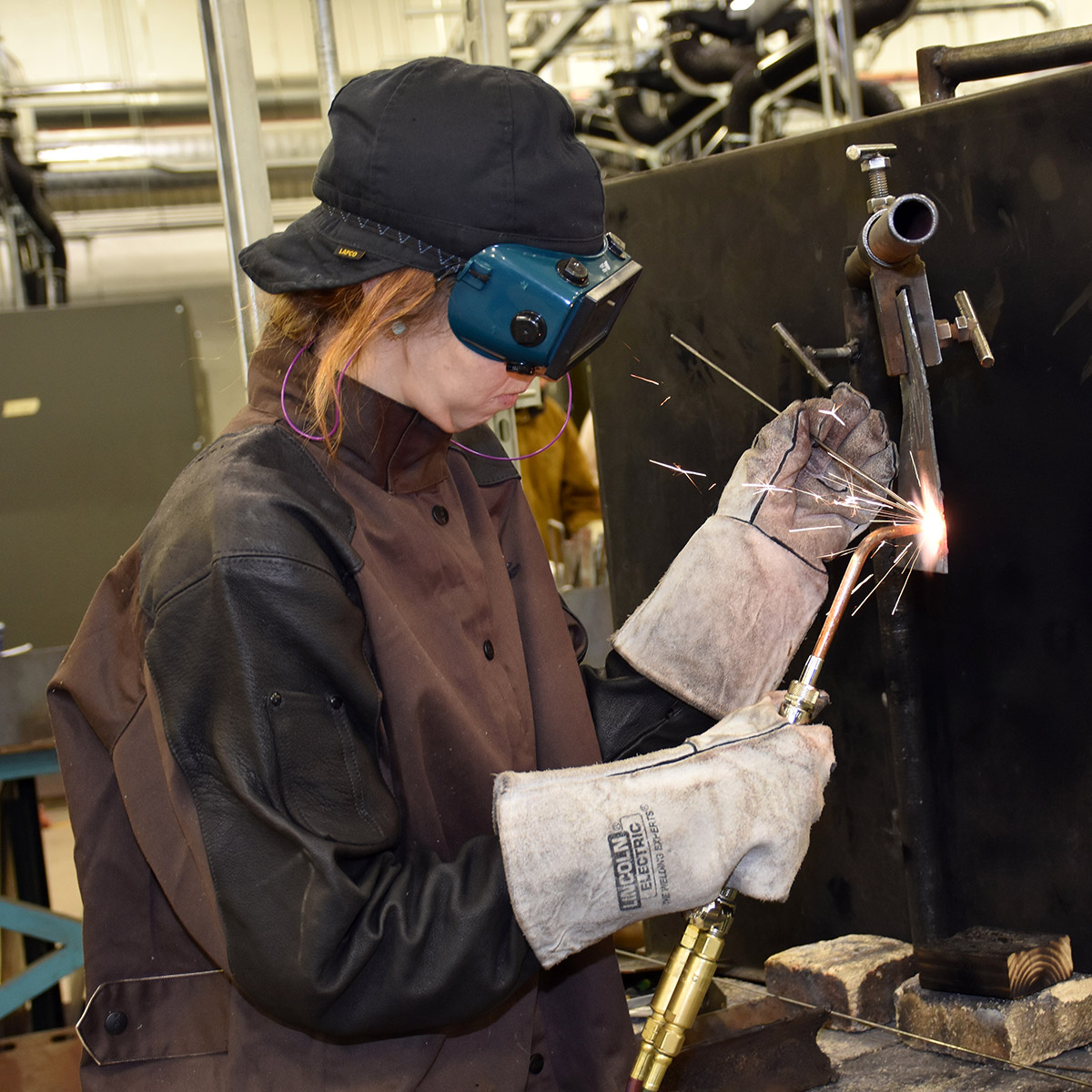Top advice from Belgrade Welding professionals
Wiki Article
Common Welding Fixing Issues and Just How to Address Them Properly
Welding repair work commonly encounter a variety of concerns that can endanger the honesty of the final product. Typical troubles consist of inadequate penetration, porosity, and misalignment, to name a few. Each issue offers special challenges that need details techniques for resolution. Recognizing these concerns is vital for welders aiming to boost their results and skills. This conversation will explore these usual welding repair concerns and efficient approaches to address them.Insufficient Penetration
Inadequate infiltration happens when the weld steel falls short to totally fuse with the base product, causing weak joints and prospective structural failings. This problem typically stems from inadequate heat input, incorrect electrode angle, or incorrect welding speed. Welders might experience poor penetration as a result of a miscalculation of the required parameters for a specific product density or kind. Furthermore, contamination on the base product's surface can prevent effective bonding, aggravating the trouble. To deal with inadequate infiltration, welders ought to assure ideal setups on their tools and maintain a clean work surface area. Regular examination of welds is advised to determine any shortages early, permitting for prompt improvements and the avoidance of compromised architectural honesty in welded settings up.Porosity
Porosity is an usual flaw in welded joints that manifests as small gas bubbles entraped within the weld metal. This flaw can compromise the honesty of the weld, causing lowered toughness and prospective failing under anxiety. Belgrade Fabrication. Porosity commonly emerges from contamination, wetness, or incorrect welding strategies, which enable gases to run away right into the liquified weld swimming pool. To resolve porosity, welders need to guarantee correct surface area prep work, preserve a tidy workplace, and make use of suitable welding parameters. Furthermore, picking the right filler material and shielding gas can alleviate gas entrapment. Regular assessment and testing of welds can help determine porosity early, guaranteeing prompt corrective activities are taken, thus maintaining the quality and dependability of the bonded structureMisalignment
Imbalance in welding can arise from various elements, including incorrect configuration and thermal growth. Recognizing the origin is necessary for efficient resolution. A number of adjustment techniques are available to straighten components and guarantee architectural integrity.Causes of Imbalance
Welding imbalance usually originates from a selection of underlying concerns that can compromise structural stability. One main reason is inappropriate fit-up of parts prior to welding, which can result in spaces and uneven surfaces. Variants in thermal growth throughout the welding process can additionally result in distortion, particularly if the materials being joined have various coefficients of expansion. In addition, inadequate fixturing and clamping might fall short to hold elements safely in position, resulting in motion throughout welding. Poorly kept tools, including welding makers and devices, may introduce disparities in the weld bead, further contributing to misalignment. Driver mistake, stemming from insufficient training or experience, can additionally play a significant role in producing misaligned welds.
Correction Techniques Readily Available
Resolving imbalance effectively needs a combination of rehabilitative techniques customized to the particular concerns available. One usual method is using fixtures or jigs to hold components in the right position throughout welding, making certain consistent positioning. Additionally, preheating the materials can help in reducing distortion and improve fit-up. For significant imbalance, mechanical adjustment methods, such as utilizing hydraulic jacks or clamps, can be employed to fix the position before welding. Post-weld warmth therapy may also be required to soothe stresses triggered by imbalance. Ultimately, cautious inspection and adjustment throughout the arrangement stage can avoid misalignment issues from ending up being considerable problems, promoting a smoother welding procedure and improving total architectural honesty.Distortion
Distortion is an usual obstacle in welding that can emerge from different factors, including unequal heating & cooling. Comprehending the sources of distortion is necessary for implementing effective avoidance methods. Resolving this concern not only enhances structural honesty yet likewise improves the general top quality of the weld.Root causes of Distortion
When subjected to the extreme warm of welding, materials commonly go through modifications that can cause distortion. This sensation mainly emerges from thermal expansion and tightening during the welding process. As the weld location heats up, the product increases; upon cooling, it acquires, which can create interior tensions. In enhancement, unequal home heating throughout a work surface can exacerbate these stresses, resulting in bending or flexing. The sort of material also plays a significant function; metals with varying thermal conductivity and coefficients of expansion might react in different ways, resulting in unforeseeable distortions. Poor joint layout and insufficient fixturing can add to imbalance throughout welding, boosting the probability of distortion. Comprehending these reasons is necessary for effective welding repair work and avoidance techniques.Prevention Techniques
Reliable prevention techniques for distortion during welding emphasis on regulating warmth input and ensuring appropriate joint style. Keeping a consistent heat input assists to lessen thermal expansion and tightening, which can lead to distortion. Using techniques such as preheating the workpiece can also decrease the temperature level gradient, promoting consistent home heating. In addition, selecting suitable joint designs, such as T-joints or lap joints, can enhance security and minimize stress and anxiety concentrations. Implementing proper fixturing to safeguard the workpieces in place better aids in preserving placement during the welding procedure. Staggered welding sequences can disperse warm a lot more equally, preventing localized distortion. By applying these strategies, welders can significantly reduce the chance of distortion and improve the overall quality of their welds.Cracking
Breaking is a typical concern experienced in welding repair services, typically arising from various aspects such as incorrect cooling rates, product selection, or poor joint preparation. The event of cracks can significantly jeopardize the integrity of the weld, causing prospective failings during procedure. To resolve this problem, welders should first examine the origin, guaranteeing that materials work and suitably picked for the details application. In addition, managing the air conditioning rate throughout the welding procedure is vital; rapid air conditioning can induce anxiety and result in splitting. Proper joint layout and prep work likewise add to lessening the threat. Carrying out these techniques can improve weld quality and sturdiness, inevitably reducing the chance of splitting in ended up weldments.
Incomplete Combination
A substantial issue in welding repairs is insufficient fusion, which takes place when the weld metal does not properly bond with the base material or previous weld passes - Montana Mobile Welding and Repair Belgrade Fabrication. This flaw can lead to weak points in the joint, potentially jeopardizing the honesty of the bonded structure. see this site Variables contributing to insufficient blend include not enough heat input, improper welding strategy, and contamination of the surfaces being joined. To address this concern properly, welders must ensure correct pre-weld cleaning and surface area prep work, in addition to change their welding parameters to accomplish ample penetration and combination. Regular assessment throughout the welding procedure can additionally assist determine incomplete blend early, enabling prompt restorative procedures to improve the total high quality of the weldOverheating
While welding repairs can improve architectural stability, overheating presents a considerable challenge that can result in material destruction. Too much heat during welding can alter the mechanical properties of metals, leading to minimized toughness, enhanced brittleness, and bending. This sensation is specifically essential in high-stress applications where structural reliability is paramount. Identifying getting too hot can involve visual assessments for discoloration or distortion, in addition to keeping track of temperature level during the welding process. To minimize the dangers related to getting too hot, welders must utilize suitable strategies, such as managing warm input, adjusting traveling speed, and using appropriate filler materials. Additionally, carrying out pre- and post-weld warm treatments can assist restore material residential properties and enhance the general high quality of the repair work, ensuring long-lasting performance and security.Regularly Asked Concerns
What Are the Common Indicators of a Welding Problem?

How Can I Evaluate My Welds for High quality?
To check welds for high quality, one can use visual examinations, ultrasonic screening, and radiographic techniques. Each strategy assures structural honesty, identifies flaws, and verifies adherence to specified criteria, ultimately improving the reliability of the bonded joints.What Safety and security Safety Measures Should I Take While Welding?
When welding, one ought to focus on safety by wearing proper individual safety devices, making sure correct ventilation, safeguarding combustible products away, maintaining a clean work space, and knowing surroundings to avoid crashes and injuries.Can I Fix a Weld Without Renovating the Entire Joint?
Repairing a weld without redoing the whole joint is possible, depending on the damages (Montana Mobile Welding and Repair Belgrade Welding). Strategies such as grinding, adding filler material, or Going Here using a welding process can effectively address specific problems while protecting the bordering structureWhat Equipment Are Vital for Reliable Welding Fixes?
Essential tools for efficient welding repairs include a welding maker, cord brush, grinder, protective gear, clamps, and filler products. Each tool plays an essential duty in ensuring quality and security throughout the repair service process. Porosity generally emerges from contamination, moisture, or incorrect pop over to this site welding methods, which permit gases to run away right into the molten weld swimming pool. Badly kept tools, including welding devices and tools, may present inconsistencies in the weld grain, further adding to imbalance. When subjected to the extreme heat of welding, materials frequently undertake modifications that can lead to distortion. Splitting is an usual issue experienced in welding repair work, commonly resulting from different factors such as incorrect air conditioning prices, product option, or inadequate joint preparation. A significant concern in welding repairs is incomplete fusion, which takes place when the weld steel does not appropriately bond with the base material or previous weld passes.Report this wiki page